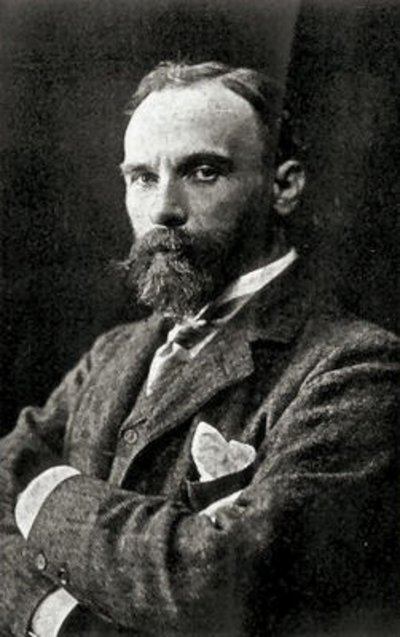The Magic Circle is an oil painting in the Pre-Raphaelite Group of English artists formed in 1848 to counter what they saw as the corrupting influence of the late-Renaissance painter Raphael. style by John William Waterhouse
Group of English artists formed in 1848 to counter what they saw as the corrupting influence of the late-Renaissance painter Raphael. style by John William Waterhouse English artist known primarily for his depictions of women set in scenes from myth, legend or poetry. He is the best known of that group of artists who from the 1880s revived the literary themes favoured by the Pre-Raphaelites. (1849–1917). Painted in 1886, it is one of his earliest depictions of a classical sorceress, a subject he turned to repeatedly throughout his career.[1]
English artist known primarily for his depictions of women set in scenes from myth, legend or poetry. He is the best known of that group of artists who from the 1880s revived the literary themes favoured by the Pre-Raphaelites. (1849–1917). Painted in 1886, it is one of his earliest depictions of a classical sorceress, a subject he turned to repeatedly throughout his career.[1]
The sorceress in the centre of the picture is wearing a long blue gown printed with figures of dancing pagan warriors. She carries a curved knife in her left hand, and with the wand in her right she is drawing a fiery circle around herself and her flaming cauldron.[1] Magic circles were widely associated with necromancy Form of magic in which the dead are re-animated and able to communicate with the sorcerer who invoked them, just as they would if they were alive., and their purpose was to protect the magician from the demons or spirits that they raised.[2]
Form of magic in which the dead are re-animated and able to communicate with the sorcerer who invoked them, just as they would if they were alive., and their purpose was to protect the magician from the demons or spirits that they raised.[2]
A group of crows and a toad – symbols associated with witchcraft – stand outside the circle, apparently excluded by her magic, and in the background she is being observed by two shrouded figures in a cave.[1] The whole serves to create the sense of dynamic tension between an individual and a group that Waterhouse so favoured in his work;[3] outside the circle the landscape is barren, but inside are things of beauty: flowers and the woman herself.[4] A critic writing for the Magazine of Art in 1886 remarked that “Mr Waterhouse, in The Magic Circle, is still at his best – original in conception and pictorial in his results”.[5]
The picture is open to interpretation as to whether or not the sorceress is a witch in the modern sense of that word. Does she derive her power from a liaison with Satan and is therefore intending to harm someone or something, or is she performing white magic so as to bring about a good harvest or a love union? Waterhouse is silent on the matter.[1]
The picture was purchased in 1886 by the Trustees of the Chantry Bequest and presented to the Tate Gallery, in whose collection it remains today.[4]
